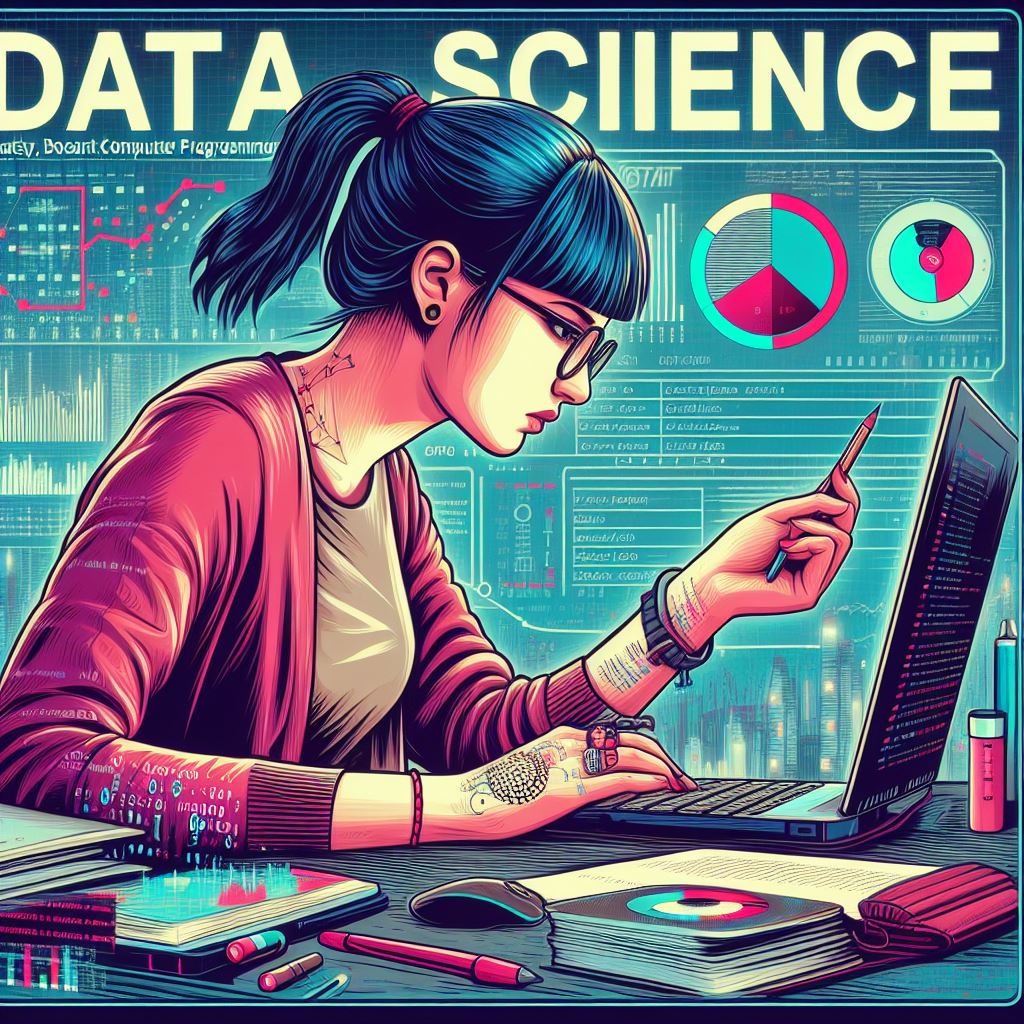In recent years, artificial intelligence (AI) has made significant strides across various industries, and the healthcare sector is no exception. One of the most transformative applications of AI is in medical imaging, where it is playing a pivotal role in revolutionizing the way diseases are diagnosed and treated. By enhancing the capabilities of radiologists and other medical professionals, AI in medical imaging is leading to faster, more accurate diagnoses, ultimately improving patient outcomes.
Medical imaging, which includes technologies such as X-rays, MRIs, CT scans, and ultrasounds, is essential for detecting and diagnosing a wide range of conditions, from cancer to cardiovascular diseases. Traditional image analysis methods are often time-consuming and can be prone to human error. This is where AI comes into play. By leveraging deep learning algorithms and neural networks, AI can analyze medical images much more quickly and with a high degree of accuracy. These algorithms can identify patterns and anomalies that may be overlooked by the human eye, significantly improving diagnostic precision.
One of the key benefits of AI in medical imaging is its ability to assist radiologists in detecting early signs of diseases such as cancer. Early detection is crucial for successful treatment, and AI can detect subtle changes in images that might not be visible to a human observer. For example, AI-powered systems can identify small tumors or lesions that might be missed in traditional imaging reviews, allowing for earlier intervention and better outcomes for patients.
Furthermore, AI is also being used to automate the process of image analysis. This automation reduces the workload of medical professionals and speeds up the diagnostic process, allowing doctors to focus more on patient care. AI can rapidly process large volumes of images, such as those produced during screening programs, and provide instant feedback. This is particularly valuable in high-demand environments like emergency rooms and urgent care centers, where quick decisions are critical.
Another significant advantage of AI in medical imaging is its potential to reduce healthcare costs. By improving the accuracy of diagnoses, AI can help avoid unnecessary tests and procedures, which can be costly and time-consuming. Additionally, with AI streamlining image analysis, healthcare facilities can reduce the time spent on manual review, allowing resources to be allocated more efficiently.
The use of AI in medical imaging is also expanding into personalized medicine. By analyzing a patient’s medical history alongside imaging data, AI can help tailor treatment plans that are specifically suited to the individual’s needs. This can lead to more effective treatments and better overall healthcare outcomes, as AI helps to predict which treatments will work best for each patient based on their unique characteristics.
Despite the numerous benefits, there are still challenges to overcome in the widespread adoption of AI in medical imaging. Privacy concerns, regulatory approvals, and the need for large, annotated datasets for training AI models are some of the key obstacles. However, as the technology continues to evolve, these challenges are being addressed, and AI is set to become an integral part of the medical imaging landscape.
In conclusion, AI is revolutionizing medical imaging, improving the speed and accuracy of diagnoses, reducing costs, and enhancing patient care. With ongoing advancements in AI technology, the future of medical imaging looks brighter than ever, offering the potential for even more precise and personalized healthcare.
5
